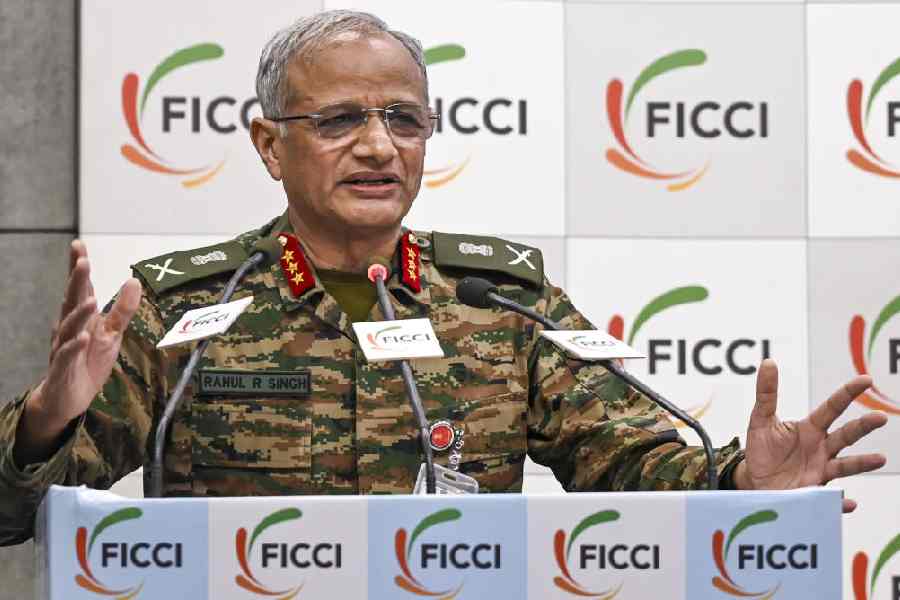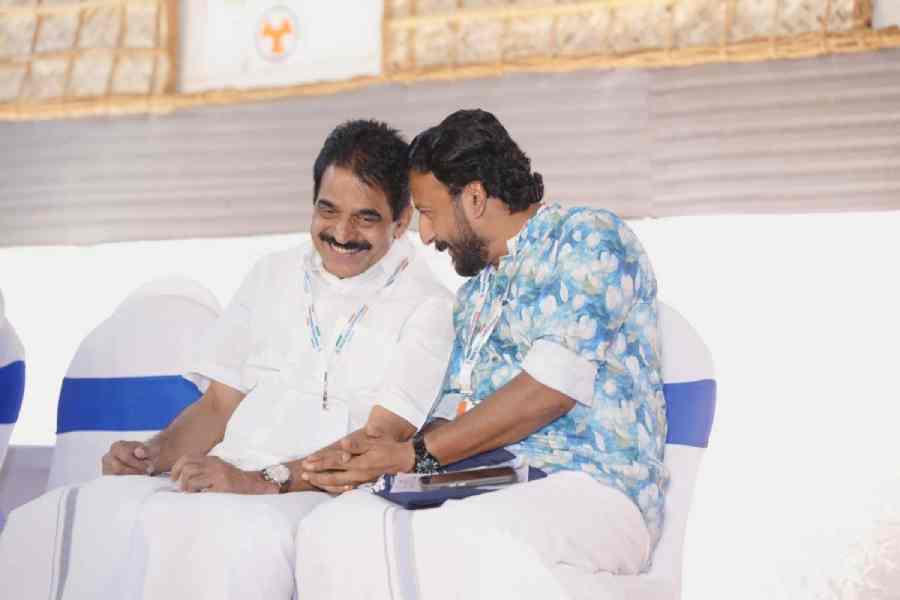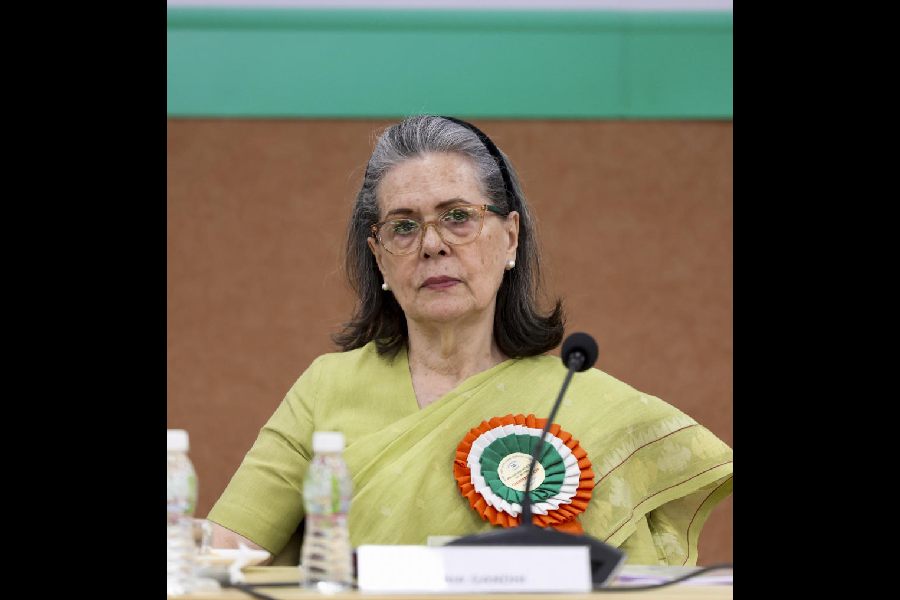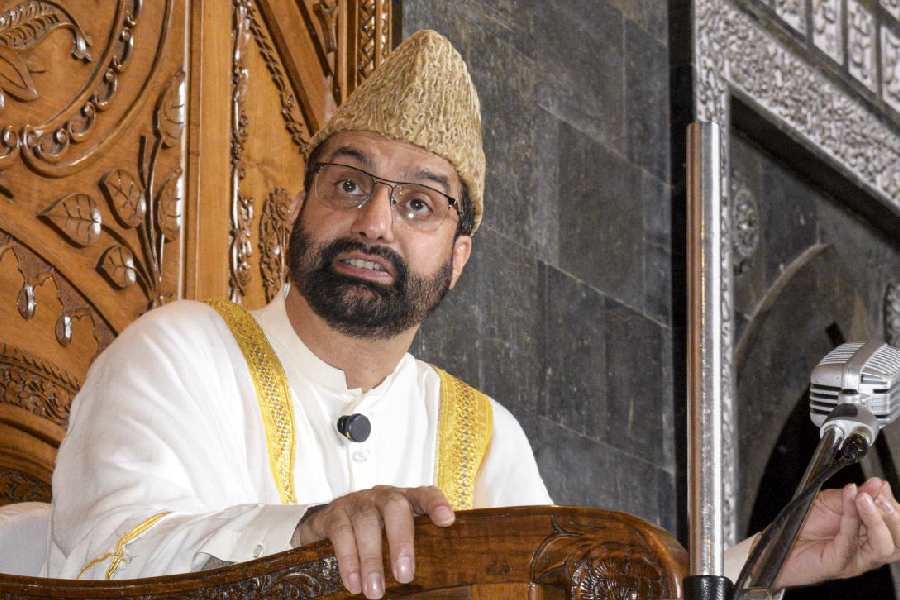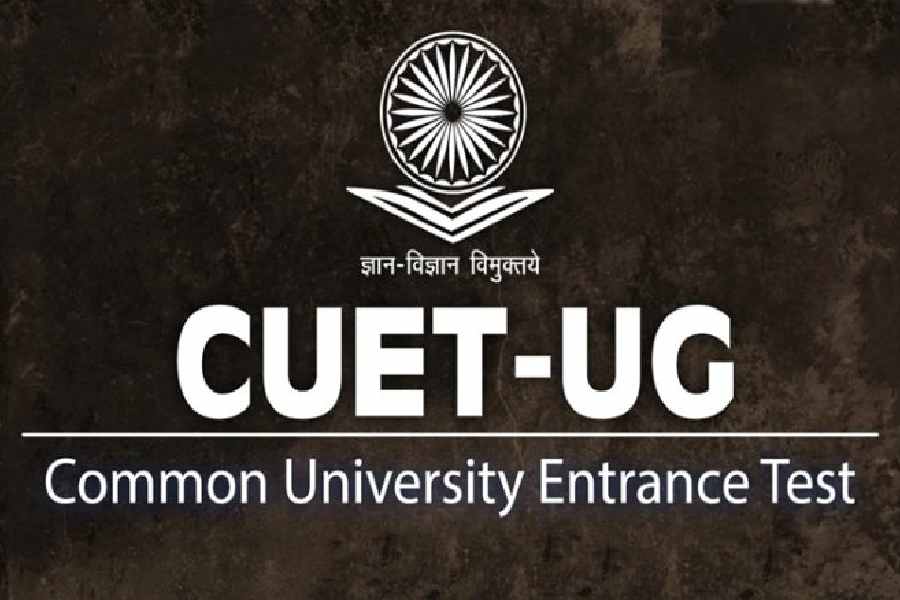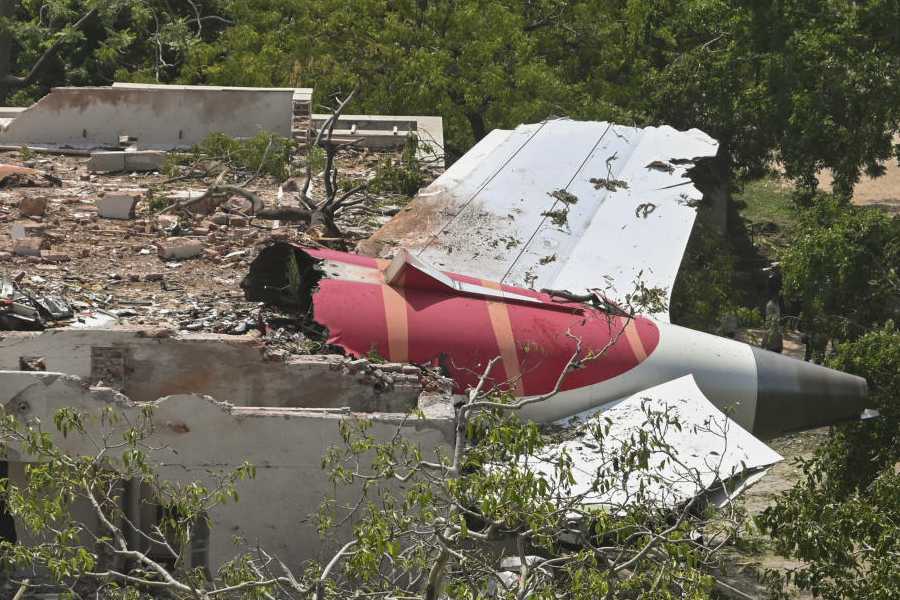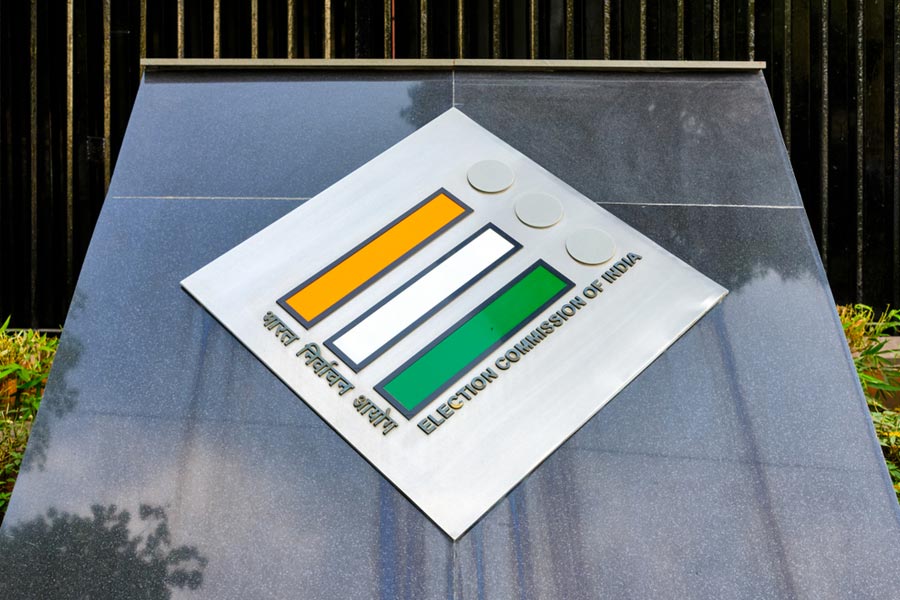 |
| Rajesh Sharma and Biswajit Chakraborty as Chandan and Raima’s fathers |
Ganesh Talkies is now in its second week. Box office-wise, have you managed to arrive at what you were aiming for?
See, I always know that multiplex is my space all over Bengal and multiplex is the future of Bengali cinema. I knew that when I did The Bong Connection or Bow Barracks Forever. Multiplexes in the suburbs haven’t performed well at all. My attempt was to reach out to the multiplexes in the suburbs, but that depends not just on the film but also on the distribution. Ganesh Talkies has not done as well as Ranjana (Ami Ar Ashbona) but it’s performed better than Dutta Vs Dutta. Whenever my film has been distributed properly... Bong Connection, Bomkesh or Ranjana… it has worked commercially.
Distribution-wise, if Ganesh Talkies would have been positioned differently we might have had a bigger response in the first week. Films that didn’t work commercially like Bow Barracks, Madly Bangalee or Dutta Vs Dutta were appreciated in retrospect. On DVD and satellite they performed well. Dutta Vs Dutta was a box-office disaster. Its first week collection was not as much as Ganesh Talkies because it wasn’t distributed well either. I feel that there is still a dedicated audience who want to watch an Anjan Dutt film, irrespective of what he’s trying to do. I haven’t lost faith in my audience, but yes I’ve got a lot of mixed reactions.
Who do you bank on the most for an honest opinion after your film releases?
The audience. Always. And every time I’ve had mixed reactions. I still feel very shattered when I get a bad reaction and then in retrospect, if the film runs well I get an overwhelming response and I feel nice. I feel shattered when people think I’m being crass or non-intelligent because I probably couldn’t make people understand the intelligence in it. But I can’t ignore their response and the fact that I couldn’t make them understand either. I start feeling, maybe I shouldn’t make another film or experiment....
 |
I go around the cinemas, sit there, talk to them and try to gather what they’re feeling. If they’re laughing I know the film is working, if they’re sitting seriously I know it’s not. For Ganesh Talkies, some said, ‘Why did you do this film?’ and some said ‘It’s not your kind of film.’ I felt bad but I didn’t argue. The audience matters to me and of course when the collections aren’t good I feel extremely bad… ‘Oh, hell why did I do a film?’ I’ve gone through such depressive times because if they don’t understand, then it’s not alright. But then again I tell myself I don’t want to move away from myself and pander to the tastes of others.
Do you regret calling this a commercial masala film?
Anyone who watches Ganesh Talkies with a cool head will see that Anjan Dutt is trying to go a bit more mainstream. I’m still convinced that without the item song (Jhaal legechhe), the relation between the servants would have lost its punch. Let five years go by, people will understand what I’m talking about. I am celebrating the subaltern. Whether that goes with my image or my brand is a different thing altogether. It might hurt the eye or the sentiments of middle-class Bengalis but I’m laughing at myself, the middle-class Bengalis, the NRIs. Probably the audience will take a few more years to laugh at themselves. Here it was too much in their face. Many have also come and told me that it’s a sweet film.
The film starts off on a fun note to bouncy music and the characters are introduced but along the way it gets too intense and all the fun and humour gets waylaid…
All my films have an emotional appeal. They make people laugh and cry. I don’t want to push things and say ‘Hey, something great is happening here.’ It’s there. Ganesh Talkies is a simple story done in a complex way and this is one film that I’m structurally very happy with. I feel I’ve matured over the years to tell so many stories and round it off so beautifully. It’s not a straightforward narrative like Ranjana. There’s melodrama in Ganesh Talkies, but no melodrama in the structure. At the same time I feel bad when people aren’t understanding. But I want to take the right things from the reactions and churn it inside me.
 |
There’s hardly any chemistry or romance visible between Chandan and Raima…
Chandan and Raima are not important in the film. If you see the film closely, it’s the two fathers (played by Rajesh Sharma and Biswajit Chakraborty) that are more important. The main story is about their friendship and Chandan-Raima are a part of the subplot, not the main plot, like Koni (Koneenica Banerjee) and Taranga (who play the servants in the two households). This film is many-layered. It is narrated by the local priest who doesn’t look like the conventional priest. The film is about two families and as the crazy, mad characters take over, they push the film forward. That is an interesting structure and style.
Couldn’t the production quality, in terms of art decor or sets, have been neater?
I wanted to be very realistic. I just wanted to change a few things here and there and keep things the way it is. In Bow Barracks or in a north Calcutta house, whatever I see I shoot. I don’t want to make it extra clean. If it’s dusty, it’s dusty. I want the film to look real and palpable. I love Olympia or Eau Chew because they don’t have swanky seats but they have the smell of history.
I’ve always been like that and wish that people would have fun with that. Many of my good friends have told me that my films should be slicker, glossier. I’ve always maintained that I don’t want that. I’d rather go for a gritty look, which is celebrated all over the world and even in Bombay. There will always be an audience for pretty photography, pretty looks, and those who’d appreciate what is realistic and down to earth.
From a filmmaking point of view, don’t you feel you’ve been self-indulgent?
No, I don’t think so. My most self-indulgent film was Ranjana Ami Ar Ashbona, where I totally indulged in the self, or Bong Connection where we challenged the conventional thinking of Rabindranath. Lot of jump cuts, hand-held camera. Stylistically, there was much more self-indulgence. Ganesh Talkies was a far simpler film, a straightforward story about friendship, old para culture, friendliness and warmth that still exists in a cosmopolitan Calcutta, with experiments thrown in. I have been more self-indulgent in my previous films that have run into criticism — Bow Barracks for portraying Anglo-Indians in a bad light, Bong Connection for not being a slick plot, Bomkesh because of mistakes in bringing out the period flavour — but the films worked. I’ve always been breaking rules and norms, having fun, casting people in reverse roles. I’ve never been safe in my work and in Ganesh Talkies I challenged myself, again. What probably confused people is that I’m constantly changing and that ruffles a lot of feathers, but I think there’s still a place for people like us in this city, if not anywhere else in the world.
What is your takeback from Ganesh Talkies?
I could perhaps have made it more obviously funny, then the subaltern bit would have worked and the audience would have liked it. There is fun but it’s too wacky and in the face that people are probably daunted by. A lot of references, like Godfather, Basu Chatterjee, Govinda, that they aren’t understanding. But my takeback is I’m not going to change. When I start making another film I’m going to forget all that and do what I believe in because what I believe in is what has kept me going for the last 30 years. If I change, I lose my brand and lose out on giving them the best I have. If I have to work towards the audience only, art loses its value. Art is what the artiste believes.
So the next time I make a Ganesh Talkies, I’ll make it more wacky, the dialogues funnier, the relationship between Chandan and Raima wackier and probably cut out the drama a little bit. That’s about it. I’m not here to put on an act and be appreciated for it. I’m not making a film that is easily understandable. I want the audience to think a little more.
Mohua Das
What did you like best/worst about Ganesh Talkies? Tell t2@abp.in


